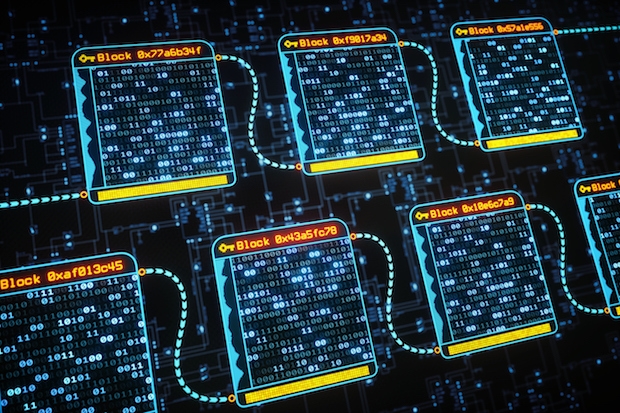It is said that the story of diamond mining in South Africa began with someone who inadvertently kicked a large stone in the dusty ground, only to discover that said stone was in fact a huge diamond. This started a rush of speculators hoping to make a fast buck. For many of today’s speculators, blockchain is that dusty diamond. They stake their claims and reach into their pockets – or most likely try to convince others to reach into theirs – to start mining on the promise that they will deliver gemstones.
As well as the excitement associated with a new technology, be it the internet, smart phones, Virtual Reality or Artificial Intelligence, the question which tends to rear its head very early on is whether there is money to be made.
Perhaps the most high-profile example of this was the ‘Dotcom Bubble’ at the turn of this century. At the time, some of the first arrivals on the scene achieved true greatness. Early stage investors in the dotcoms could have made 100 times their money, only for those who did not cash in their chips to fall victim to the so-called ‘99% Club’ – stocks that have fallen horrifically from their peak. Inflated claims and counterclaims are often made about a new technology that is going to disrupt everything across an industry or sector. And nothing has changed much since those prospecting days – or indeed since the time of the Crash of 1929.
What many do not know is that blockchain has been around since the mid 1990s, but it was known then as Distributed Ledger Technology (DLT). This is not as sexy sounding as ‘blockchain’… so could that be the reason behind the lack of traction all those years ago?
Like every commercial endeavour, we start with the problem first, and the solution second. This is the way we humans are wired – to overcome obstacles by working around them or making constructs to overcome them. Think communities in South America using the root systems of trees along river banks to make living foot bridges across river gorges, in order to build relationships, exchange goods and enhance their lives.
So where can blockchain play a part of being the solution? One vast area of human creativity is self-expression – both visual and aural. Industries have been built around these forms of creative communication. The Entertainment, Music and Media industries a case in point. According to Martin Heath, CEO of Seed Media: ‘Often the very people who are brilliant at doing this are not brilliant at maximising a return on what they create, especially when it comes to negotiating in a marketplace. They cede too much control of most of their rights to their artefacts, be it a photograph that ends up in a news feed, a music track that gets played on Spotify or some moving content that ends up on YouTube. Yes, mostly for good reason because they don’t have the resources to Copyright, Publish and Distribute to the world out there.’
However, as all systems inherently resist change, the seam to be mined lies in the dust of years of paper-based processes of rights management processes, the years of ‘slow to evolve’ financial systems, and the ‘recent years’ of the siloed data exploitation.
According to Tony Sanders, CEO of digital media and technology group Catenae Innovation: ‘Blockchain technology enables Copyright to be secured, removing the inefficiencies of shuffling bits of paper. It speeds up financial systems through the automation business rules in the form of Smart Contracts and it certainly allows rights owners (and their customers) to be in mutual control of their data and to all benefit from it.’
Estimates of cost savings are in the upper teens percentages and beyond. It is in the commercial dust that money is to be made – and the real application of blockchain technology is that it plays a part in moving value from one person to another. To return to the mining analogy, blockchain is the process that polishes the rough diamond.






Comments